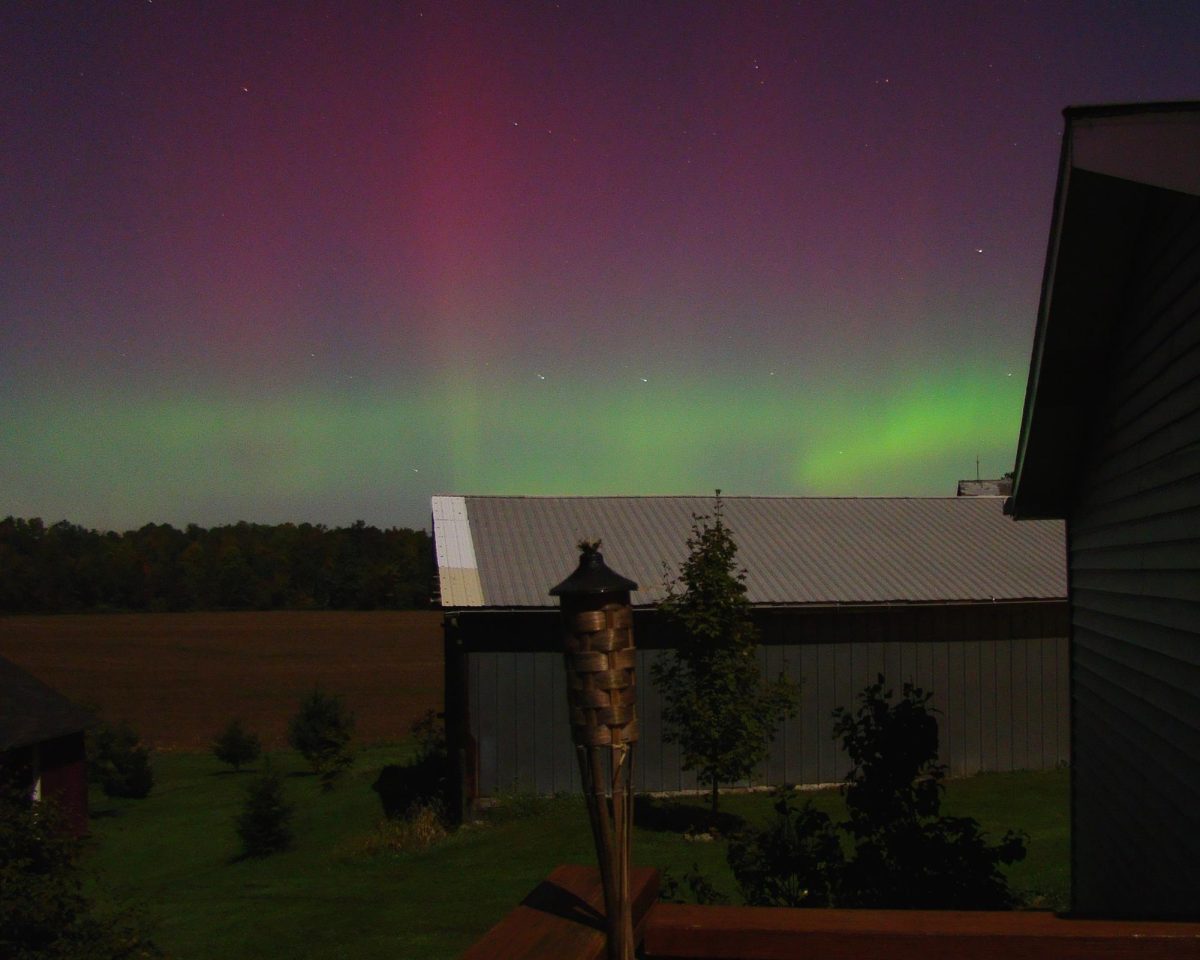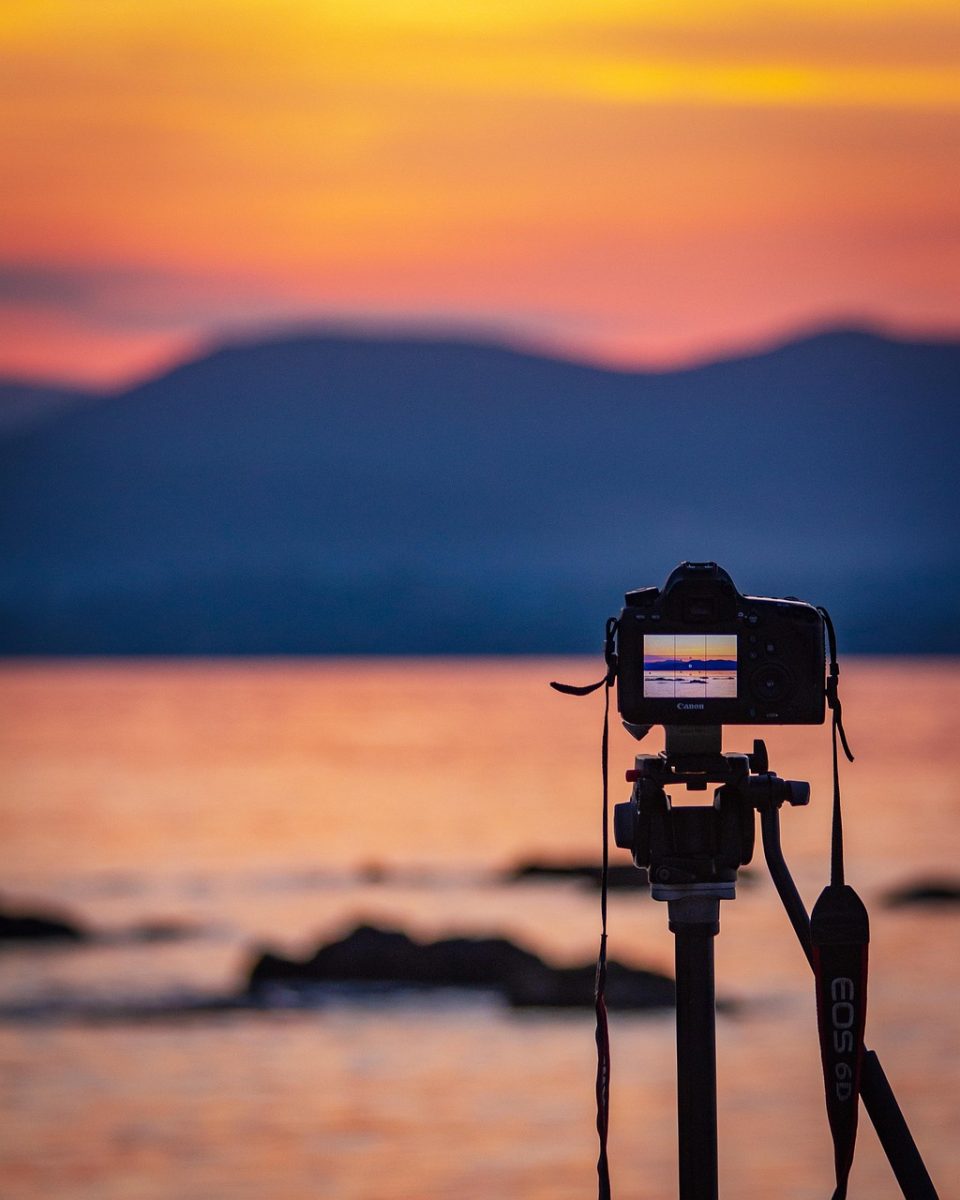As a gorgeous natural phenomenon, seeing the northern lights is on many people’s bucket lists. Due to strong solar storms in the next few years, they may even be visible in Hershey, Pennsylvania.
Auroras occur when the sun sends charged particles (ions) to the Earth. The magnetic field prevents a lot of energy from affecting the Earth. The magnetosphere prevents most of the ions from permeating our atmosphere and affecting life, satellites, and communications. Solar wind is the name for when there are many ions escaping the sun. There is a solar storm called coronal mass ejection where an unusually large amount of electrified gas travels throughout the solar system. Other planets also get auroras as long as they have an atmosphere and magnetic field, such as Jupiter and Saturn.
The energy from the sun interacts with the gases at each pole since the ions travel through Earth’s magnetic field lines. They end up in the ionosphere which are ring-shaped areas slightly below or above the respective poles. In the northern hemisphere, they are called aurora borealis, but in the southern hemisphere, they are called aurora australis. Because of their collection at the ionosphere, aurora usually is not visible outside 70-degree latitudes north and south except during extreme solar events.
Different types of gas can also produce different colored auroras. The most commonly seen green and red auroras are produced by oxygen while blue and purple ones are produced by nitrogen.
Auroras are best seen at night since their bright lights contrast from the darkness in the sky. During the daytime, auroras still exist in the earth’s atmosphere, but their brightness is overshadowed by sunlight.
The strength of a solar storm can be predicted based on an 11-year cycle. Due to this solar maximum being predicted in a time period from late 2024 to early 2026, the aurora borealis will be stronger than ever. Although the best views will be close to the Arctic Circle such as Alaska, northern Canada, and northern Europe, strong solar flares can create auroras that can be visible in Pennsylvania as well.
For example, this weekend on May 10th and 11th, a G4 solar storm created views of aurora borealis visible as far south as Alabama and California. However, on that day, it was cloudy in many parts of Pennsylvania such as Hershey, so the aurora was fainter.
Light pollution can also prevent a good view of the aurora in addition to clouds, because in a similar way to sunlight, too many street and city lights may block the lights of the aurora. The best views of aurora can be seen in state and national parks. Cherry Springs State Park in northern Pennsylvania provides a great view of not only the aurora borealis but also of the Milky Way and many other stars which may not be visible in urban and suburban areas.






